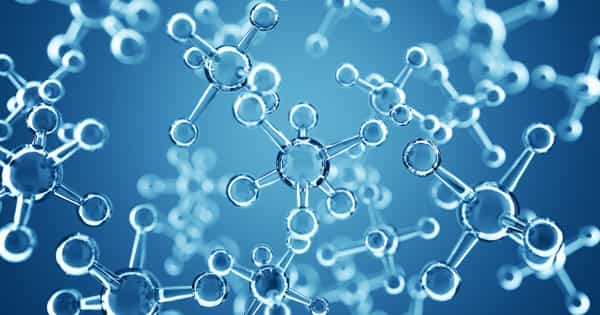Neither of us enjoys the odor of sewer gas. Nobody would have predicted that such gas could be converted into clean hydrogen fuel, but science has once again proven to us all that it has an ace up its sleeve. Scientists have discovered a new chemical process for converting a foul-smelling, toxic gas into clean-burning fuel.
The method, which was recently published in the American Chemical Society journal ACS Sustainable Chemical Engineering, converts hydrogen sulfide, also known as “sewer gas,” into hydrogen fuel. Hydrogen sulfide is emitted by manure piles and sewer pipes and is a significant byproduct of industrial activities such as oil and gas refining, paper production, and mining.
The process described in this study requires little energy and a low-cost material—iron sulfide with a trace amount of molybdenum as an additive. In addition to smelling like rotten eggs, hydrogen sulfide is extremely toxic, corroding pipes and endangering the health of those who come into contact with it.
Scientists have found a new chemical process to turn a stinky, toxic gas into clean-burning fuel. They first used chemical looping on coal and shale gas to convert fossil fuels into electricity without emitting carbon dioxide into the atmosphere.
“Hydrogen sulfide is one of the most dangerous gases in industry and the environment,” said Lang Qin, co-author of the study and a research associate in chemical and biomolecular engineering at The Ohio State University. “And, because the gas is so dangerous, a number of researchers want to convert hydrogen sulfide into something less dangerous, preferably valuable.”
The research builds on previous work by the same research group that used a process known as chemical looping, which involves adding metal oxide particles in high-pressure reactors to burn fuels without direct contact between air and fuel. To begin, the team used chemical looping on coal and shale gas to convert fossil fuels into electricity while emitting no carbon dioxide into the atmosphere. To break down the fossil fuels in the beginning, iron oxide was used.

The concept was later applied to hydrogen sulfide, and the SULGEN process, which converts hydrogen sulfide to hydrogen, was developed. According to Qin, the researchers discovered that the pure chemical, iron sulfide, did not perform well at the large scales required for industrial use. The research team has been looking for other low-cost chemicals that could catalyze that transformation in greater quantities. This research suggests that incorporating a trace amount of molybdenum into iron sulfide could be a viable option.
That material is relatively cheap and simple to obtain, making it an appealing option for larger-scale operations. According to the researchers, converting this toxic gas into hydrogen fuel creates an alternative to oil and gas, which are major contributors to climate change.
“It is too early to tell if our research can replace any of the existing hydrogen fuel production technologies,” said Kalyani Jangam, the study’s lead author and a graduate student in Ohio State’s Clean Energy Research Laboratory. “But what we’re doing is adjusting this decomposition process and turning it into a valuable product.”
The researchers discovered that molybdenum improves the breakdown of hydrogen sulfide, splitting it into two parts—hydrogen fuel and sulfur. This work is early in the scientific process—the researchers demonstrated that the process worked in the lab; industrial-level tests are on the way.
“The big picture is that we want to solve the harmful gas issue, and we thought our chemical looping process would allow us to do that,” Qin explained. “And here in the lab, we’ve discovered a way to do it that produces this value-added hydrogen fuel.”
Liang-Shih Fan, an Ohio State professor of chemical and biomolecular engineering, is the paper’s senior author. Yu-Yen Chen, a former doctoral student in Fan’s lab, also helped out.













